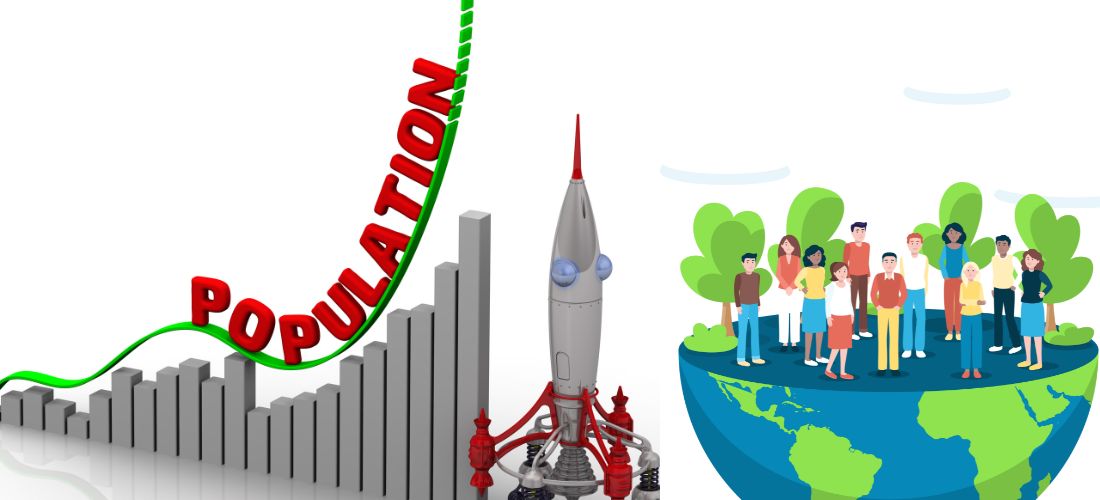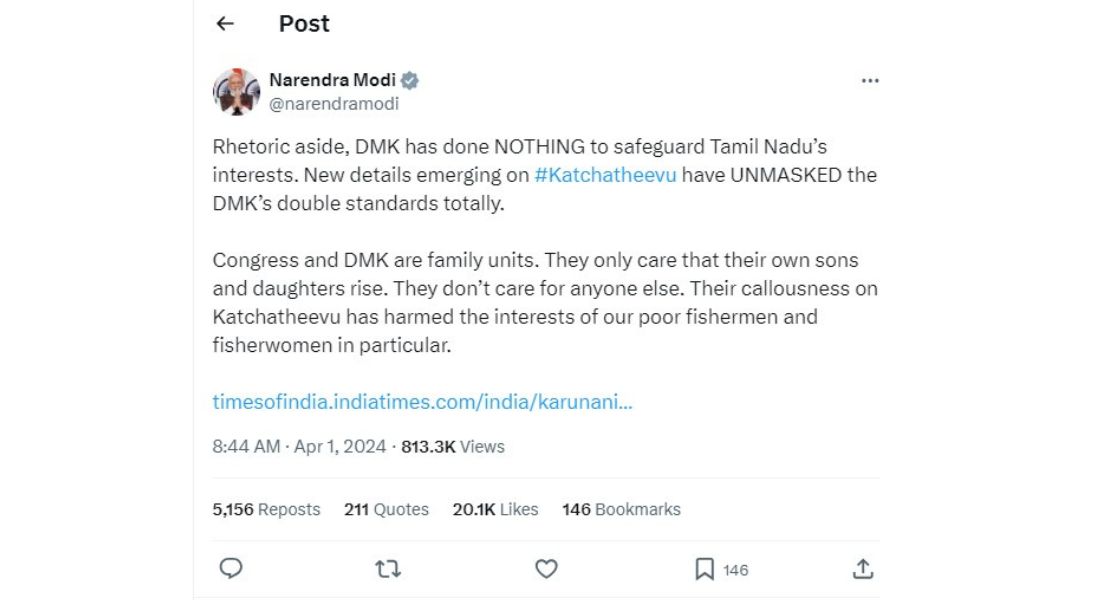A recent working paper of the Economic Advisory Council to the Prime Minister (EAC-PM sheds light on the changing religious geography of India. The study examines population data between 1950 and 2015, highlighting changes in the share of major religious demographics communities.
- The data reveals a decrease of 7.82% in the share of Hindus in India’s population. In 1950, Hindus comprised 85% of the population, but this number dipped to 78% by 2015.
- Conversely, the Muslim population share witnessed a significant rise of 43.15%. Muslims made up 10% of the population in 1950, and this figure grew to 14% by 2015.
- The Hindu population share declined, and growth was observed among most other minority religions. The share of Christians increased by 5.38%, Sikhs by 6.58%, and Buddhists by a substantial 1,520%.
Religious Population Share in India (1950-2015)
| Religion | 1950 Share | 2015 Share | Change |
| Hindu | 85.00% | 78.00% | -7.82% |
| Muslim | 10.00% | 14.00% | +43.15% |
| Christian | 2.24% | 2.36% | +5.38% |
| Sikh | 1.24% | 1.85% | +6.58% |
| Buddhist | 0.05% | 0.81% | +15.20% |
| Others | 1.47% | 3.00% | +1.53% |
The data excludes Parsis and Jains, whose population share experienced a decline.
The study focuses on the share of each religious group within the total population, not absolute numbers. India’s overall population has grown significantly during this period.
Also Read: How to Prepare for Interviews
This data offers valuable insights into the evolving religious demographics of India. However, further analysis is needed to understand the reasons behind these demographic shifts. Potential factors influencing these trends could include:
- Variations in birth rates among religious communities can impact population share over time.
- While difficult to quantify, religious conversion patterns can influence population figures.
- Internal and external migration can affect the religious composition of specific regions.




